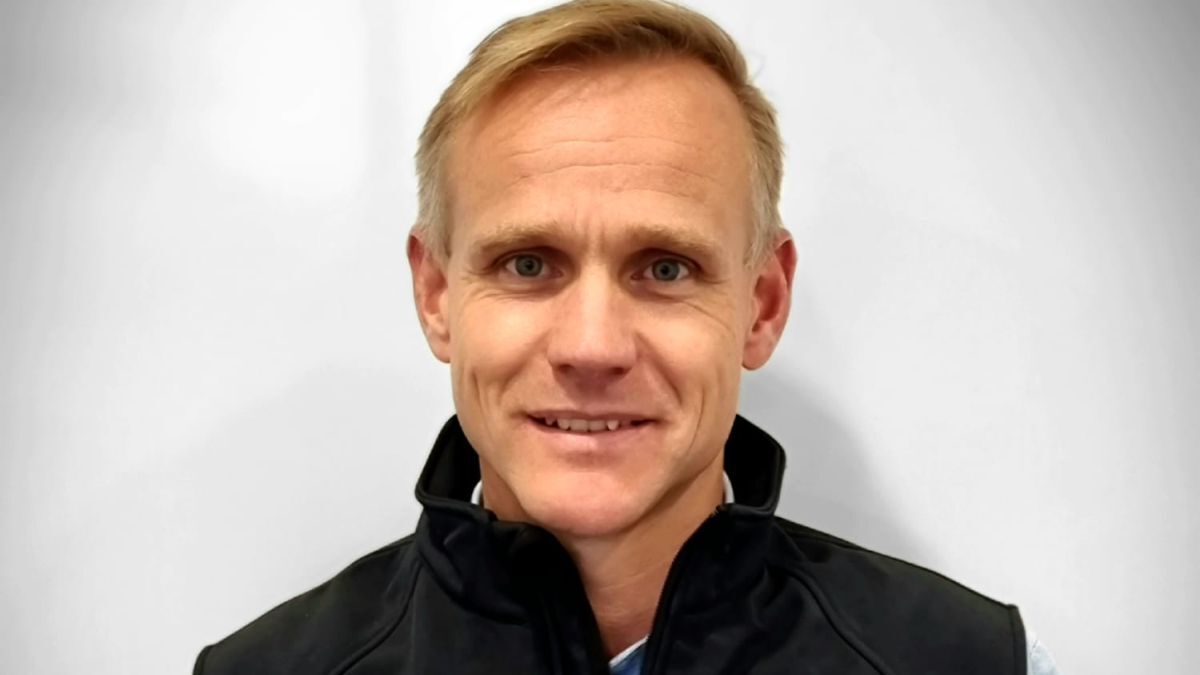There is growing demand, fuelled by new legislation, for good quality ocean current data
The International Hydrographic Office (IHO) is modernising its requirements for data used in electronic navigational charts (ENCs) with new standards, with S-100 being the overriding one.
Introducing the S-100 standard for universal navigational data represents the largest change in e-navigation since IMO’s ECDIS carriage requirements came into effect.
S-100 requires maritime services to conform with the new standard and will require new standards for ENCs, hydrographic data, digital products and ECDIS performance to be adopted.
The introduction of IHO’s S-104 standard for water levels, primarily tidal heights, covers data produced and distributed by hydrographic offices, although distribution mechanisms for mandatory tidal data do not yet seem to be fully resolved, according to research by The Strategy Works.
The need for tidal height predictions for passage planning will not change with the introduction of new digital standards, but these may affect how data is distributed and accessed.
S-104 will also enable tidal height data to be used in a new way during navigation, potentially offering a live view of the available depth on ECDIS.
The IHO’s S-111 standard covers surface currents comprising tidal and ocean currents. These in turn are both modelled and deployed in different ways and for different purposes and include mandatory and non-mandatory data.
Including tidal effects in ocean current datasets is likely to be an important differentiator as competition accelerates. It will also help shipping companies meet estimated time of arrival (ETA) in ports, says BMT Group director of maritime products Phil Thompson.
“We are exploring the idea of having ‘probabilistic ETA’…. having 95% confidence that, over an extended period, specific ships on specific routes at certain times of the year will arrive at a certain time,” he says.
“This will need to factor in currents and the extent of speed loss in waves, which can be derived using BMT’s global wave-statistics databases.”
UK Trinity House director of navigational requirements Nigel Hare also foresees benefits at sea from S-104 and S-111 data.
“The provision of information to the mariner at sea is going to be a lot more direct, facilitated by the work being conducted by organisations such as the UKHO, with more live data going to vessels and their companies,” Mr Hare says.
RF Marine Consultancy managing director Richard Farrington agrees, “It is going to revolutionise the market. It will automatically integrate the tidal and other data.”
A minimum five to 10-year horizon is considered realistic for implementing S-100, and S-104 and S-111 by most interviewees, due to regulatory and technical challenges.
But it seems certain the introduction of S-104 and S-111 will create new business opportunities for those able to build intuitive and user-friendly data aggregation and distribution systems.
The UK’s National Centre for Operational Excellence in Marine Robotics CEbotiX’s managing director Ben Keith expects the new S100 standards to become a key driver for new applications for tidal data within autonomous shipping. CEbotiX derisks operations through test and development, training and assurance of maritime autonomous systems and smart ships.
“Smart shipping encompasses the whole of the maritime sector,” says Mr Keith. “We are not there yet, but the vision is one day a vessel will autonomously depart from the Port of Southampton, perhaps with a pilot controlling it remotely, and then set off to North America; picking the most efficient route to get there.”
Mr Keith envisions this autonomous ship would “meet the smart port at the other end of the voyage, where it automatically berths.”
He continues, “Then, the container vessel autonomously picks up the containers, drops them on the train in the most efficient way. I understand the requirement for accurate tidal data in the autonomous or smart shipping environment. That is huge.”






